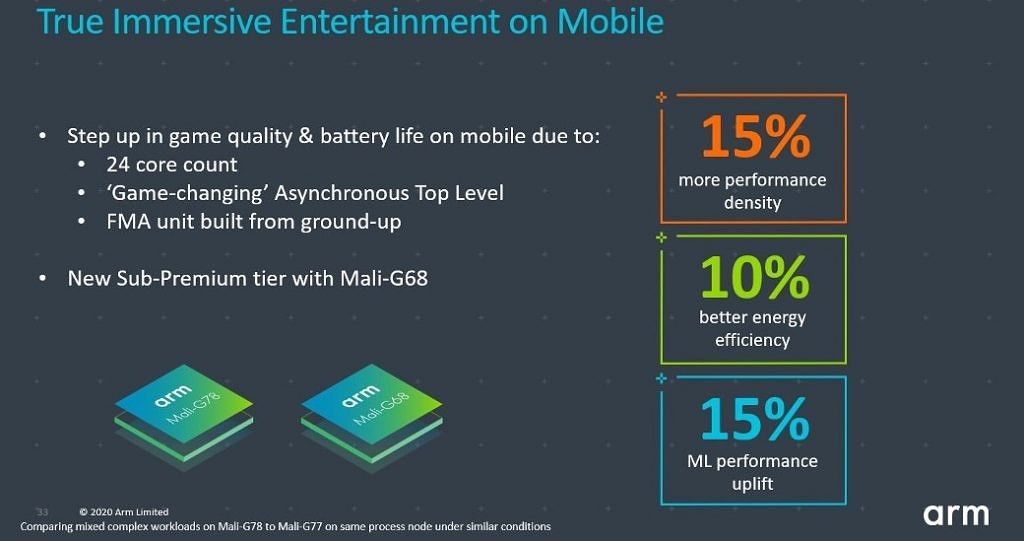Qualcomm announced the Snapdragon 865 and Snapdragon 765/765G mobile platforms in December 2019 and a fascinating addition to the list of gaming features supported on these chipsets was support for updateable GPU drivers. Although GPU drivers are usually bundled along with OTA updates, Qualcomm resolved a way to push out more frequent updates via app stores and Xiaomi became the first smartphone brand to push out GPU updates to the Mi 10 series and the Redmi K30 Pro earlier this year. Following the suit, the silicon design company ARM has also announced similar support for its Mali class of GPUs found on MediaTek, Huawei's HiSilicon, and Samsung's Exynos mobile processors.
Just like PCs, updateable GPU drivers on smartphones can come in handy for fixing bugs, improving graphics performance, or adding new features from OpenGL or Vulkan APIs. Since manufacturers take months to perfect OTA updates, updates to GPU drivers can be sent quickly and more frequently through app stores when they are independent of system updates.
Typically, OEMs can prepare their software by using a placeholder for the GPU application, wait for for the chip manufacturer (Qualcomm, MediaTek, Huawei, or Samsung) to implement the updated GPU driver in the updated BSP, and push the updated GPU driver to all the supported devices via an app store after signing the application. As mentioned above, Xiaomi has already benefitted from the functionality and sent updates to the Adreno 650 GPU on Mi 10 (review), Mi 10 Pro (review), and Redmi K30 Pro via its own apps store.
In the blog post, ARM announced that it has implemented support for updateable drivers for Mali GPUs but without revealing which GPUs will benefit from the feature. We suspect this applies to the Mali-G78 GPU that was recently announced alongside ARM's Cortex-A78 CPU architecture. The Mali-G78 GPU is expected to be seen on upcoming mobile platforms from MediaTek, Samsung, and Huawei – even though HiSilicon may not be able to reap the fruit of this development and may have to resort to reusing last year's Kirin processors as semiconductor manufacturer TSMC has been barred from engaging in business with Huawei as part of the trade ban imposed by the U.S. government.
For years, Mali GPUs including the Mali-G77 on the current flagship chipsets like the Samsung Exynos 990 and MediaTek Dimensity 1000/1000L have been unable to keep up with the performance of their counterparts in the Qualcomm Adreno lineup. The support for updateable GPU drivers means there is some scope for this situation to improve in favor of companies other than Qualcomm.
In addition to the updateable GPU driver, ARM has also announced that upcoming Mali GPUs will support Android GPU Inspector, an open-source profiling tool that will help game developers to optimize the graphics performance – aiming for higher frame rates and better rendering quality – on their games and apps for different GPUs from a variety of vendors and across multiple devices. Samsung Galaxy S10, Samsung Galaxy Note 10, Samsung Galaxy S20, and Google Pixel 4 are some of the devices that will soon be supported on Android GPU Inspector.


